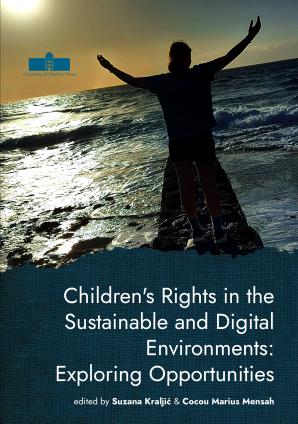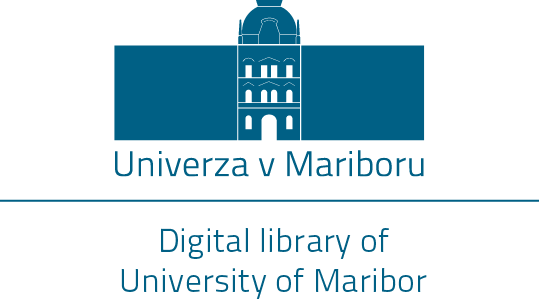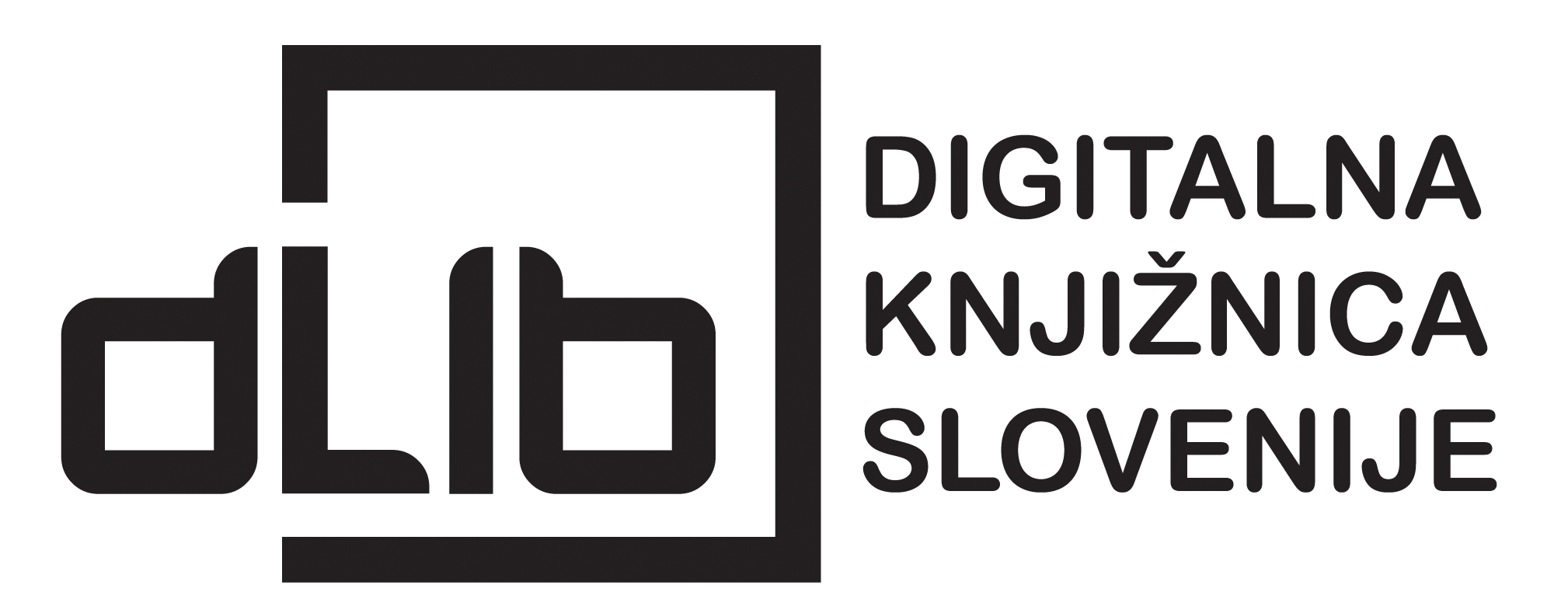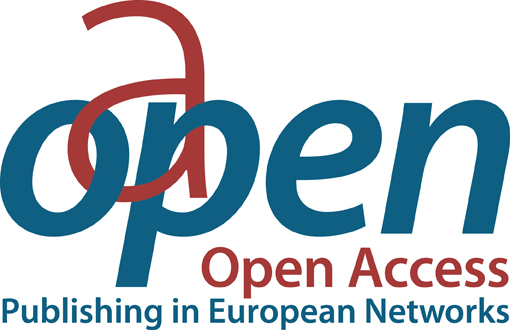Families and Some Aspects of Intergenerational Integration in Contemporary Postmodern Society
Synopsis
Based on the theoretical and empirical results of intergenerational integration and relationships, the paper analyses key aspects of intergenerational relationships in the family and their impact on the well-being of older adults from the beginning of demographic changes, such as the increase in life expectancy, to the change in the age structure of the population worldwide. The analysis of different types of connections and relationships, solidarity, conflict and ambivalence, highlights all the complexity of interactions and the need for a flexible approach in studying and resolving their dynamics, forms of integration and intergenerational relationships, maintaining the mental health of older adults, emphasised on the importance of quality family relationships in ensuring security, purpose and connection. Based on the identified challenges, we propose strategies for improving relationships between older adults and their children, which highlight the importance of open communication, empathetic understanding, setting clear boundaries, cooperation and joint planning, support and solidarity, and seeking professional help. Proposed strategies, such as counselling and support practice, can lead to better outcomes in connecting generations, maintaining the mental health and quality of life of all family members, especially older adults, and promoting the integration of different generations in the family.
Downloads
Pages
Published
Categories
License

This work is licensed under a Creative Commons Attribution-NonCommercial-NoDerivatives 4.0 International License.






